Top Image: P-51 Mustang fighters on the way to their base on the recently captured Japanese island of Iwo Jima, 1945. Gift In memory of Isaac "Ike" Bethel Utley, 2012.019.243
The North American P-51 Mustang is the gold standard for WWII fighters. While the Mustang was in Europe and the Pacific, its impact on the strategic situation in Europe cannot be understated. One of the most important operations of the war, the strategic bombing campaign against Germany, can be broken down into two phases: pre-P-51 and post-P-51. Pre-P-51, the Allies were losing—and losing badly. Post-P-51, the Allies established complete control of the air, and drove the Germans from the skies of Europe.
So, why was the P-51 such a game changer? Where did this world-class aircraft come from? In early 1940, the British asked North American Aviation to build Curtiss P-40 Warhawks because they desperately needed planes as the Germans were rampaging across Europe. Instead of P-40s, North American offered to design a new fighter which became the P-51 Mustang. The P-51 prototype was ready on September 9, 1940, and it first flew October 26, 1940. It was an astonishing accomplishment for North American: they had delivered a brand new, prototype aircraft in a mere 102 days and flew it weeks later. The British accepted the plane into service, and gave it its famous “Mustang” nickname.
However, the P-51 did have issues. While the American-built Allison engine was fine at lower altitudes, it suffered a drastic drop-off in performance at higher ones. In the fall of 1942, the Americans and British experimented with Mustangs by adding British Rolls-Royce Merlin engines to the air-frame. The results were unbelievable. The Mustang’s top speed leapt to well over 400 miles per hour, and it no longer suffered from performance drop-off at higher altitudes. Production of the Mustang was thrown into high gear and the first American P-51 units arrived in Europe towards the end of 1943.
-

Three American servicemen posing near the nose of P-51 Mustang in Germany, 1945. Gift in Memory of Nicholas Patano, 2013.433.085
-

A row of American P-51 Mustangs in Germany, 1945. Gift in Memory of Nicholas Patano, 2013.433.098
-

View of a P-51 Mustang from a B-17 Flying Fortress in flight over Europe, 1944-45. Gift of Peggy Wallace, 2010.308.023
-

A P-51 Mustang with nose art on its airfield in Germany, 1945. Gift in Memory of Nicholas Patano, 2013.433.087
-

P-51 Mustang with early war US roundels painted on the plane. Photo Courtesy Library of Congress
Before the Mustang finally began arriving in Europe in increasing numbers, the British and American strategic bombing campaign was faltering. The British were bombing only at night, and the Americans were suffering frightful losses in their daytime raids. Although the Allies had planes like the Lockheed P-38 Lightning which could escort bombers, it was inefficient and not economical. A long-range escort fighter was needed not only to bring the bombers in and out of Germany, but also to wrestle control of the sky from the German fighters who preyed on the bombers. The Mustang, with its high speed, long-range, low-cost, and six .50 caliber M2 Browning machine guns, made it the ideal fighter for the job. The campaign for air supremacy kicked into high gear in March 1944 when the Americans made their first major daytime bombing raids on Berlin. On March 6, 1944, over 800 US bombers, escorted by over 900 fighters, attacked Berlin.
Known as “Black Monday,” bomber losses were heavy, but this mission, and others like it, helped the Allies' goal of pulling the German fighters into the sky where the P-51 could destroy them and establish air supremacy.
Underscoring the importance of the Mustang, by the end of 1944, 14 of the 15 fighter squadrons of the US Eighth Air Force were composed of Mustangs.
The P-51 dominated air combat in Europe, destroying nearly 5,000 enemy aircraft. It was also a very capable fighter-bomber and could carry 1,000 pounds of bombs and rockets. In the Pacific, P-51s flying off of Iwo Jima escorted Boeing B-29 Superfortresses on their way to bomb Japan. At the close of its production run, 15,000 Mustangs had been built. The end of World War II was not the end of combat for the P-51, as it saw service in the Korean War in 1950 because it was the only US fighter with the range to hit Korean targets from Japan. The P-51 remains the iconic fighter of World War II, and it is a popular plane among Veterans and enthusiasts alike.
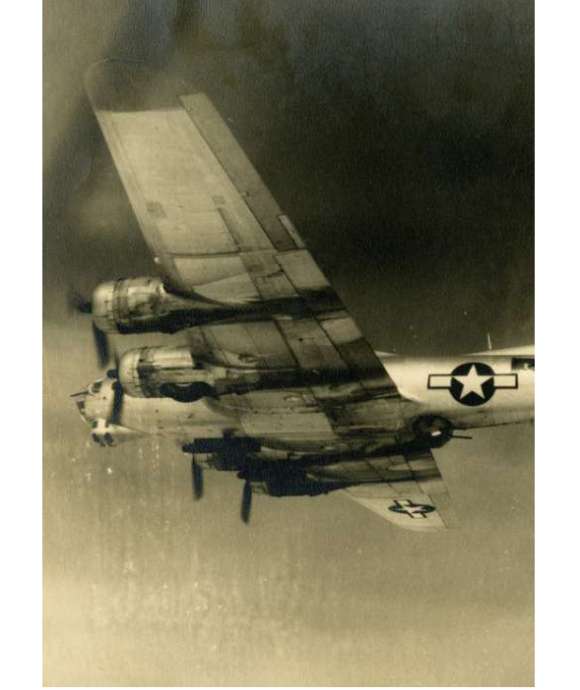
Assaulting the Reich: The Boeing B-17 Flying Fortress
The iconic bomber of the European theater, the Boeing B-17 Flying Fortress, carried the fight to the Germans in the skies over Europe.
James Linn
A New Orleans native, James Linn first became involved with the institution then known as The National D-Day Museum in 2001 as an eighth-grade volunteer on weekends and during the summer. Linn joined The National WWII Museum staff in 2014 and served as a Curator until 2020.
Cite this article:
MLA Citation:
APA Citation:
Chicago Style Citation:
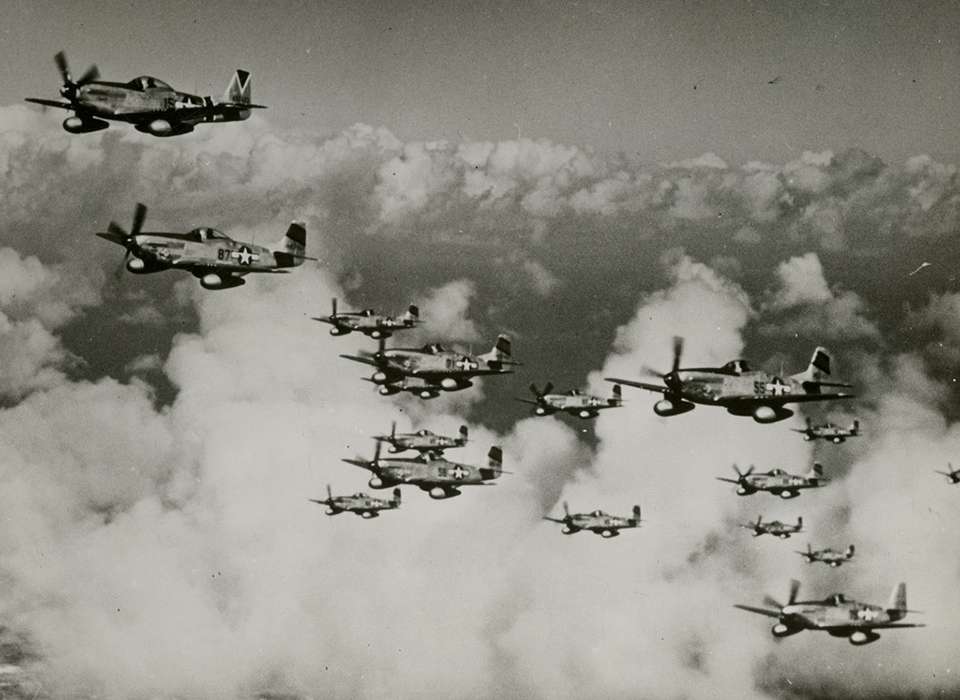
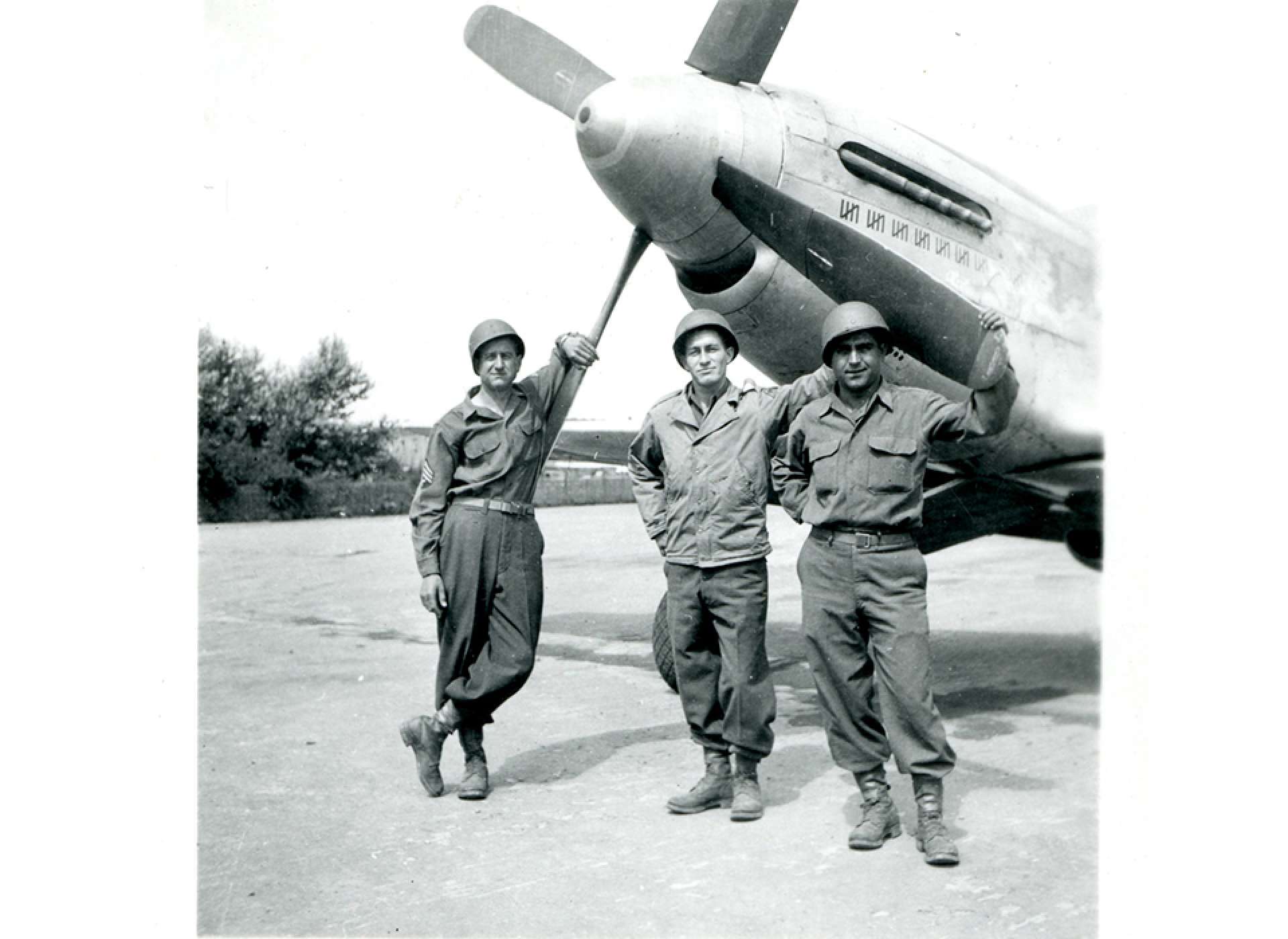
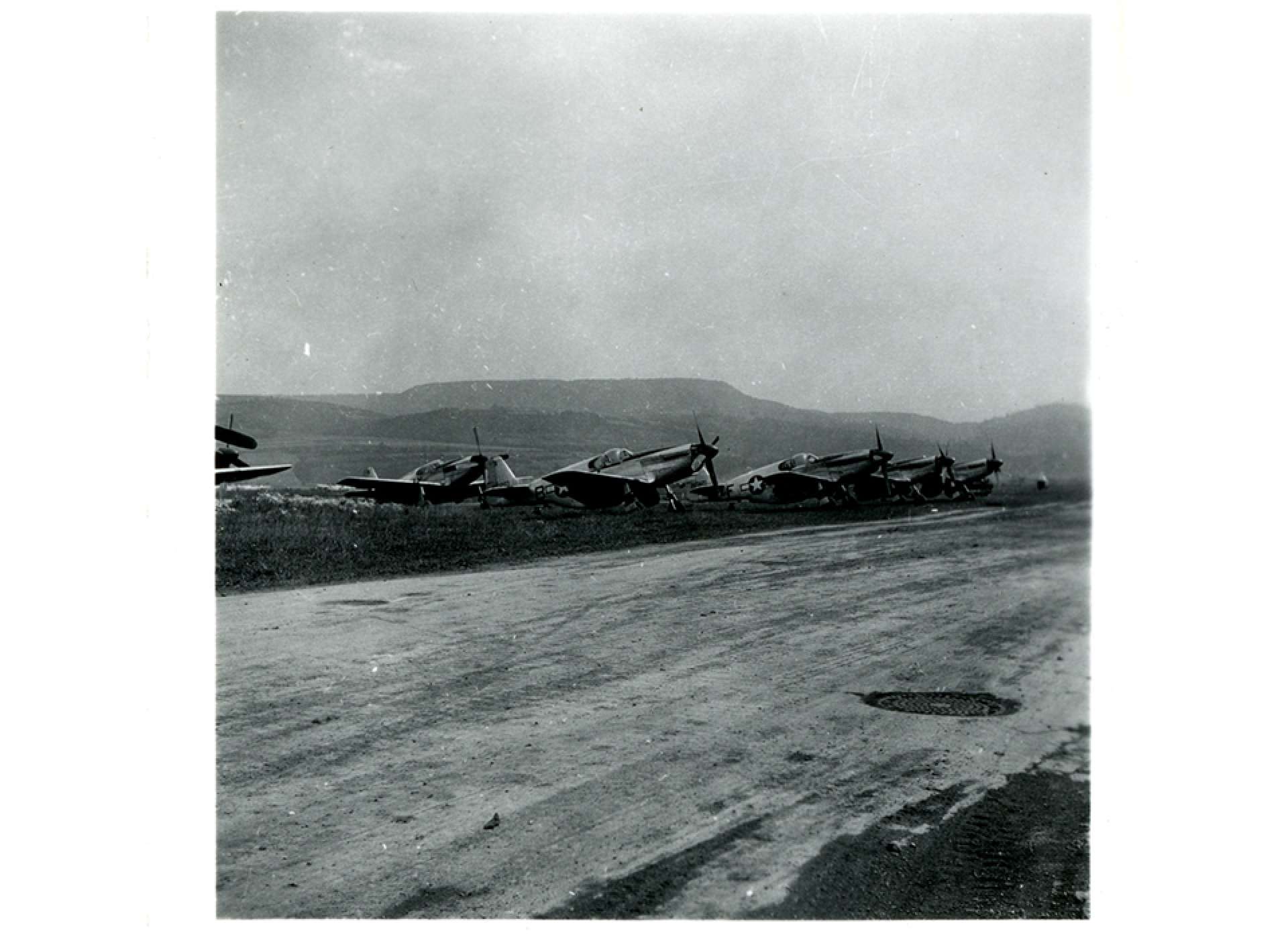
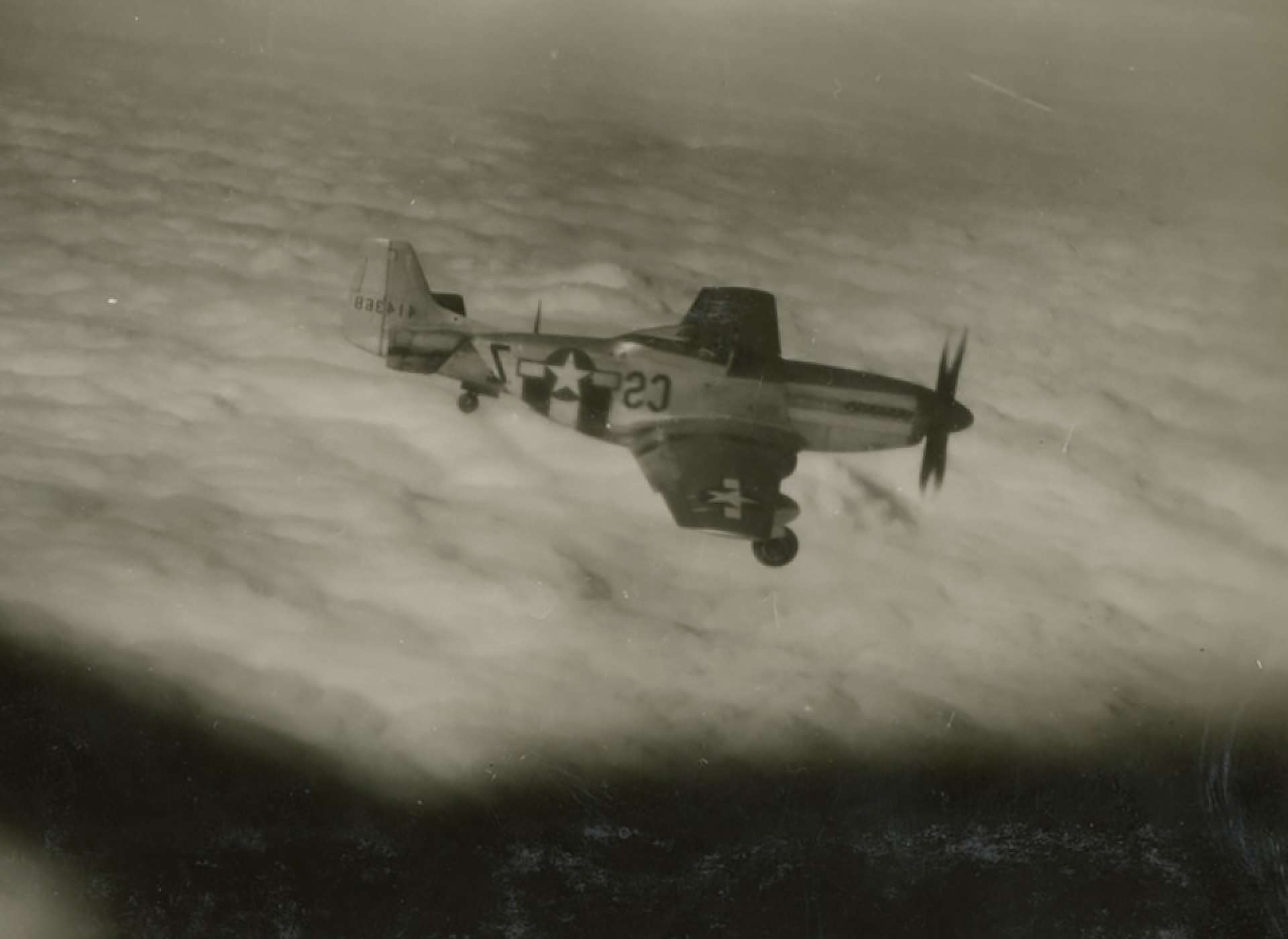
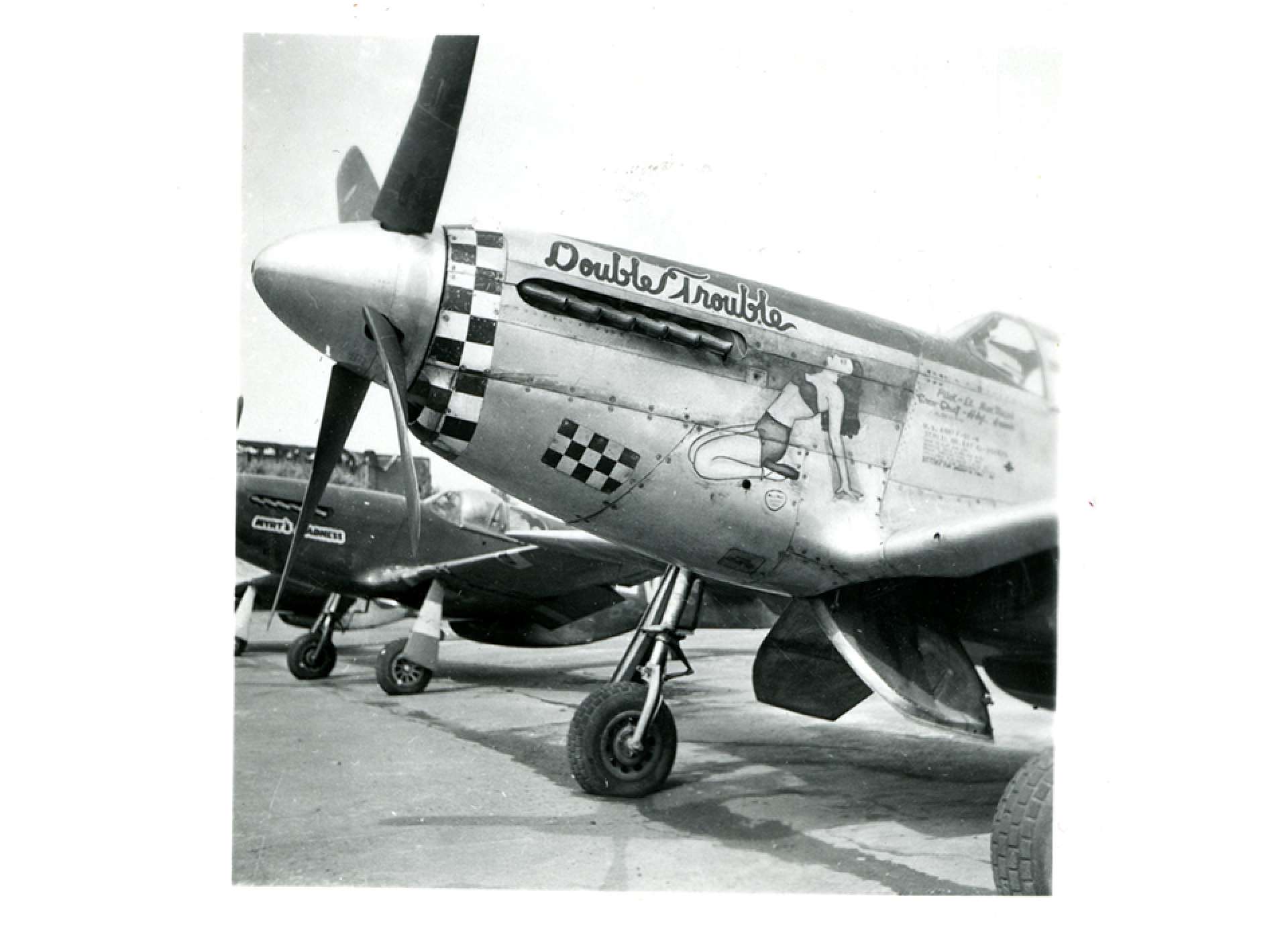
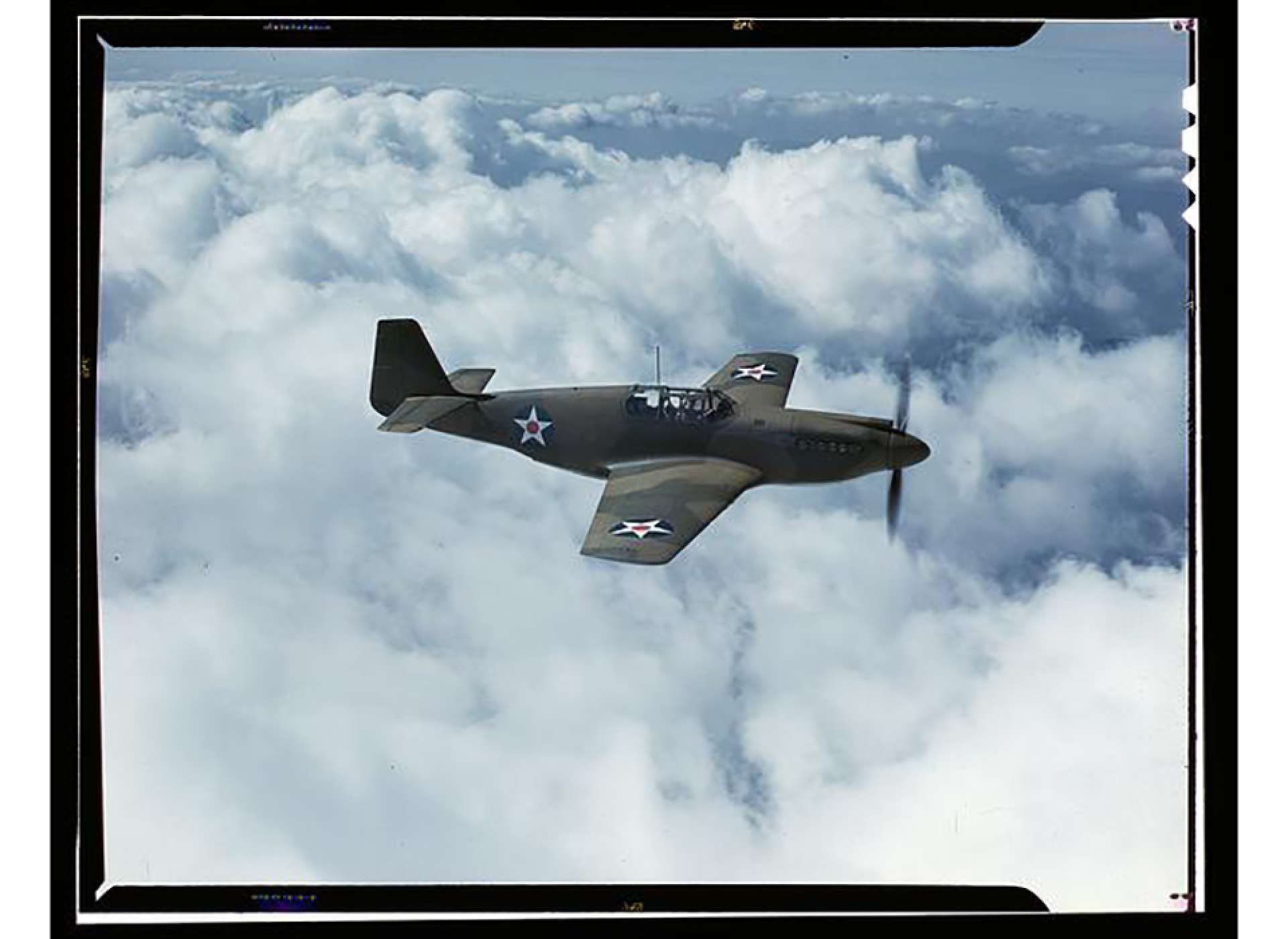

![Max Fuchs, New York City cantor, sings as Rabbi Sydney [sic] Lefkowitz, Richmond, VA, conducts the first Jewish services from Germany.](/sites/default/files/styles/max_650x650/public/2025-10/image1.jpg)






